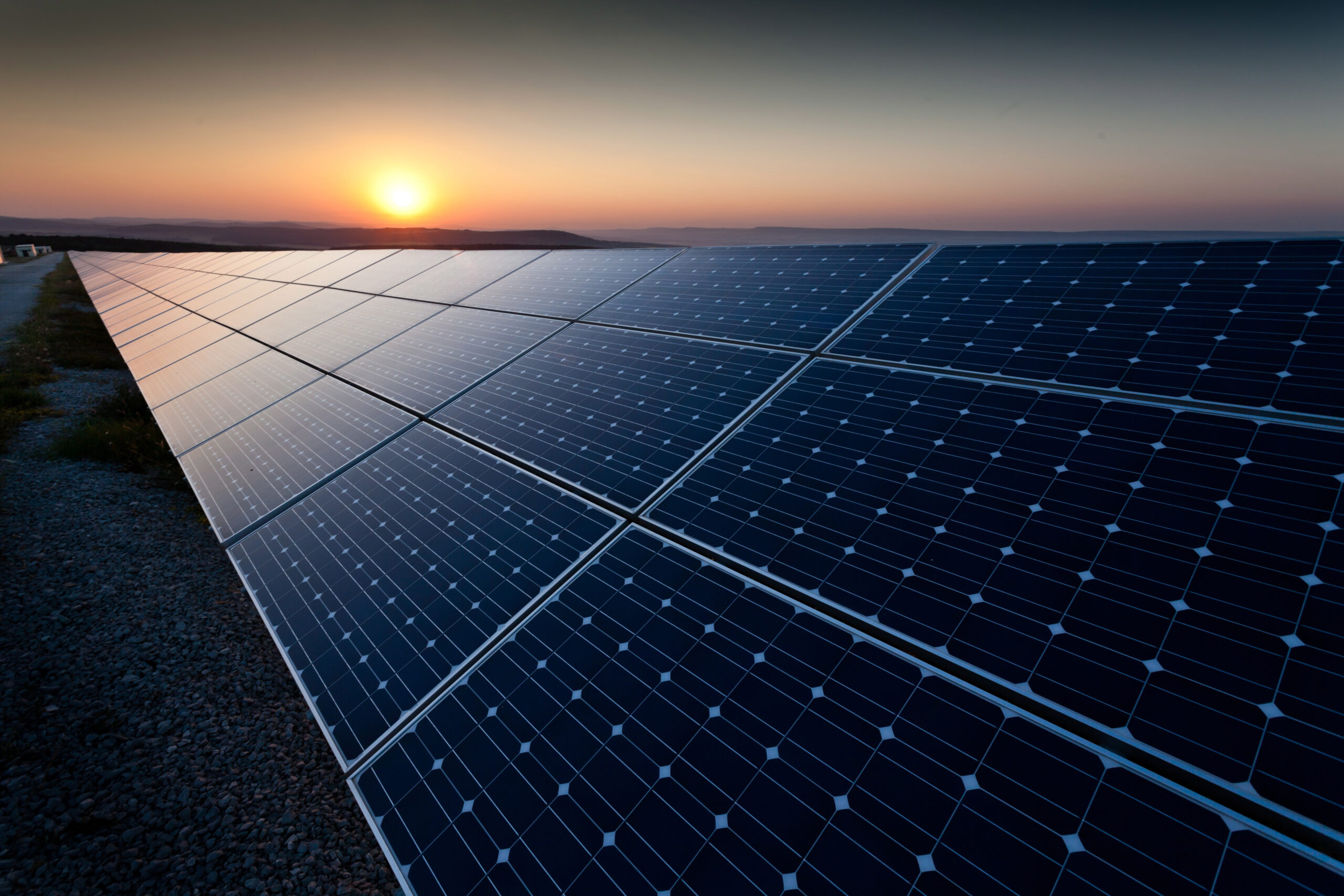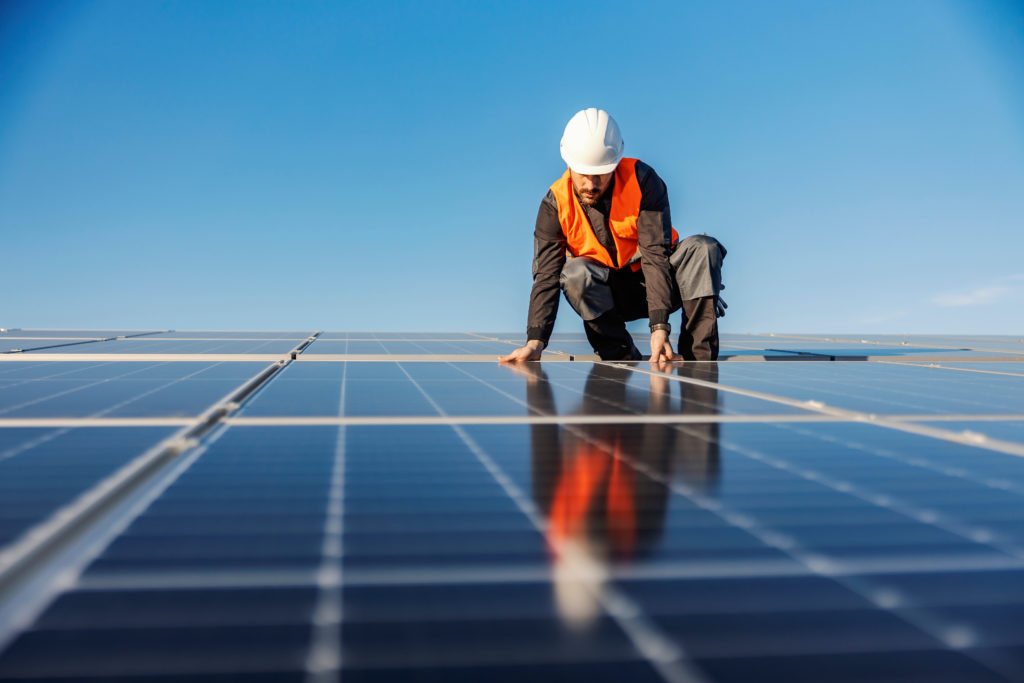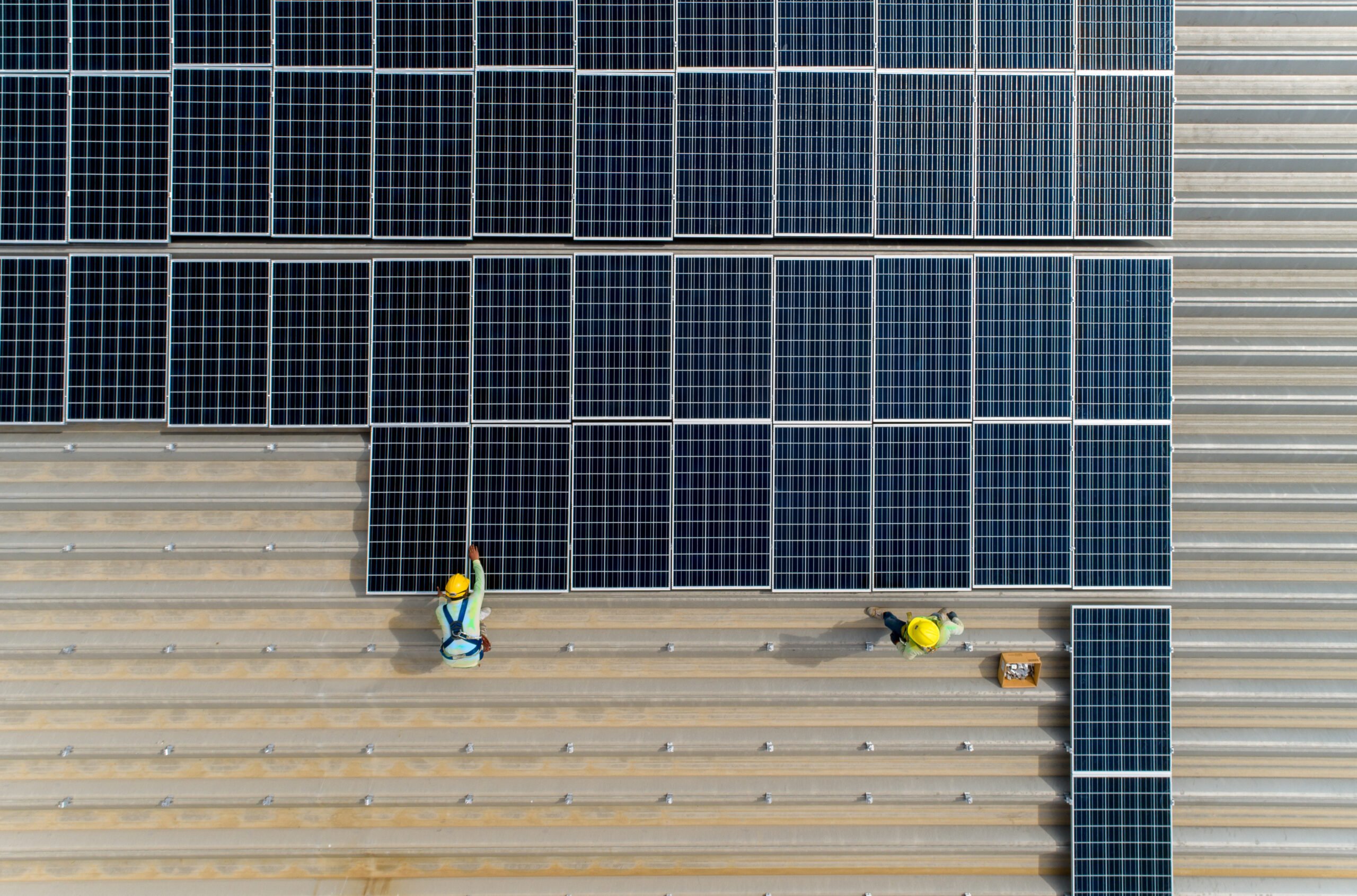


Last year saw significant growth of solar power projects in the UK, despite a temporary setback when major solar initiatives nearly came a cropper due to opposition by a short-lived Prime Minister. Solar Energy UK Senior Communications Adviser Gareth Simkins sets the picture.
2022 was a big year for the British solar industry. Growth was unprecedented and the largest projects yet were announced, while concerted efforts to derail the sector hit the buffers. The UK parliament opened its first inquiry into the sector, although the year ended on a sour note with confirmation of a windfall tax.
The UK now has an estimated 15.5 GW of solar power capacity, having installed about 1 GW last year – a record since the end of subsidies in April2019. By far the largest segment of the solar power market is ground-mounted, accounting for about two thirds of capacity. The rest is split between commercial-scale and residential rooftops.
Why ‘estimated’? Truth be told, no one knows exactly how much solar power is connected to the grid at any one time, due in part to its rapid growth and the lack of any legal requirement to register smaller-scale installations.
Demand for photovoltaic (PV) panels is such that the cost of installation rose for the first time ever last summer, albeit only by a little. Nevertheless, investors are flocking to the sector, attracted by the promise of reliable, long-term returns by solar farms, while the benefits of domestic solar systems speak for themselves. The reasons for growth have changed over the years. The industry was once fed by the enticement of feed-in tariffs and renewable obligation certificates, on top of corporate social responsibility and green-minded desires to decarbonise homes. Now, cost saving is more in the driving seat. Given the massive energy price crisis, it makes sense to turn to one of the cheapest and greenest sources of power available. UK government policies such as the aim to decommission fossil-fuelled generation by 2035 and re-opening the contracts for difference (CfD) regime to solar are also helping to push the sector upwards.
Alongside economies of scale, those are some of the drivers behind projects such as the Blenheim Estate’s Botley West Solar Farm, near Oxford. With a proposed capacity of 840 MW, it is the largest solar project in the pipeline – a dozen times larger than the UK’s biggest existing solar farm.
The enormity of current gas and power bills have made payback periods for domestic solar far shorter. According to a recent report from Solar Energy UK, The Value of Solar Heat, for a typical gas-heated home, installing solar PV panels could save £1,276 a year, implying a payback period of less than six years. Switching from gas to a modern heat pump could save even more.
The figures for new homes are just as stark. Lifetime savings for a detached house in southern England with south-facing solar PV panels, a solar thermal system and a battery storage unit would be expected to exceed £200,000. Even for a home in a sub-optimal location such as north-east Scotland facing east-west, this kind of setup would still save around £3,000 a year.
Despite the largely positive business environment, the current installation rate will have to more than quadruple (4.5 times on average) to meet the UK government’s goal of reaching 70 GW of capacity by 2035. Solar Energy UK has a mid-term aspiration of reaching 40 GW by 2030. Although those goals may look a stretch, a brief glance at the rest of Europe indicates otherwise. Germany installed 7.9 GW last year, taking it to 68.5GW.
Solar Power Europe reckons the nation will hit 131 GW by 2026. Meanwhile, Ireland’s capacity is expected to almost double every year over the next few years.
Key challenges to solar power
So, what is getting in the way here? Figures in the industry repeatedly cite three factors:
- Access to the grid.
- Lack of qualified installers.
- Limited availability of equipment.
Perhaps the biggest bugbear is grid connectivity – a problem faced by solar farms and commercial-scale rooftops alike. A chronic failure to invest in the grid has resulted in waiting periods of up to 15 years. It is common for developers to be told that connections will be available in the first half of the 2030s – stalling net zero efforts and making power pricier.
In December 2022, six energy trade bodies, including Solar Energy UK, wrote to the UK government to demand urgent action to address these constraints, seeking ‘personal leadership’ from Business Secretary Grant Shapps.
Earlier in the year, the UK Warehousing Association (UKWA) slammed the system of distribution network operators (DNOs) – the middlemen between the high-voltage national grid and consumers – as “extortionate and highly ineffective monopolist gatekeepers” that are preventing vast amounts of solar power being added to the grid. The sector is considered to have the potential to double the UK’s current installed capacity.
Out of sight, easy to maintain and affordable, the case for solar should be obvious and yet we are being held back by poor market practice and failures of regulation,” complained UKWA Chief Executive Clare Bottle.
“It’s a tremendous frustration for solar installers and investors alike. So many developments are ready to go, with the potential to slash billions of pounds off energy bills, but are being subjected to huge delays,’ adds Chris Hewett, Chief Executive of Solar Energy UK. “As we are now firmly in the era of expensive gas, energy regulator Ofgem’s drive to keep bills low has had the perverse effect of keeping bills high.”
Solar Energy UK is working on answering the acute demand for labour. Working with the Mayor of London, industry certification body MCS and Community Energy London, the Solar Skills London project is engaging local authorities, schools, colleges and training providers to encourage young people into solar careers. It includes a series of introductory two-week courses and six-week ‘bootcamps’.
As China has now abandoned its post-COVID lockdown policies, access to solar kit should be much less of a problem in 2023 – although the industry recognises human rights concerns in the supply chain. Other countries and regions, including Europe and the US, are ramping up solar production.
Promoting responsible behaviour across the sector was a theme for 2022,with the launch of the Solar Stewardship Initiative (SSI). Backed by SolarPower Europe and Solar Energy UK, the SSI seeks to guarantee adherence to environmental, labour rights and ethics obligations, and trace products along the entire supply chain, back to raw materials. The initiative is based on standards from the United Nations, ISO, World Resource Institute and OECD.
A further element is boosting biodiversity. Contrary to some ‘ill-informed’ claims, there is mounting evidence that solar farms benefit nature – under investigation in a project sponsored by Solar Energy UK. The association has also published best practice guidance on monitoring biodiversity and detailed advice on how to increase it and integrate solar farms with agriculture.
The latter issue provoked the low point of last year, when Liz Truss dismissed solar farms as ‘paraphernalia’ in a prime ministerial hustings speech. It came amid increasingly organised opposition to solar farms, with groups making false and exaggerated claims about landscape impacts and that solar farms threaten the food supply. In fact, the opposite is true. Solar farms benefit food security by addressing climate change, which the government acknowledges is the number one threat to British agriculture. They also help keep farms in business by cutting energy expenditure.
A temporary low point
During his brief tenure in office, Truss’ Environment Secretary Ranil Jayawardena proposed extending planning restrictions for good quality farmland to middling ‘3b’ land. As the worst grades tend to be in upland areas, distant from the grid, virtually all current solar farms are on 3b land. This initiative would have amounted to a de-facto ban, risking £20bn of investment, destroying jobs and doing profound harm to net zero efforts –and all amid the worst energy crisis for a generation.
Friends from across the political spectrum rallied against the prospect: the Conservative Environment Network, the Green Alliance and the Labour front bench, to name a few. Shadow Climate Secretary Ed Miliband responded with a promise to treble solar generation within the party’s first term if it wins the next election. ‘This government cannot deliver when you have a Prime Minister who is a longstanding opponent of solar, and an environment secretary doing her bidding,’ he told The Guardian last October. Rishi Sunak’s administration has since confirmed that the threat is over and has offered a much more positive view of the solar sector. But a thorn remains in the industry’s side: the unfair 45% windfall tax. Given that most large-scale solar projects are ‘merchant’ schemes without the protection of a CfD, it could well hit investment just when it is needed most. Renewable generators will also be unable to offset the tax with new investment, unlike the oil and gas sector.
‘The government is tilting the playing field against renewables investment, while having told the world at COP27 that we want to be a clean energy superpower. The policy simply has to match the rhetoric,’ said Hewett.
This blog was originally published in New Energy World on January 2023.

Author: Gareth Simkins – gsimkins@solarenergyuk.org